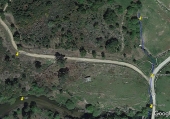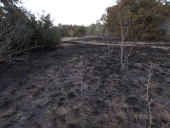Hi!,
I'm trying to wrap my head around a water issue, and thought that might be good to ask for advice from more experienced folks.
My property has a water well that was used for irrigation some years ago. At peak summer(right now), the water level is at around 4m deep.
We want to use this water (if possible), for irrigation of our vegetable garden AND to provide water for our future dwelling.
My plan right now is more or less like this:
- have a surface pump with a 80L pressure tank (not sure whats the name in english but its this thing that prevents the pump from starting and stopping everytime someone opens a faucet)
- fork the pipe, one side to feed 3-4 faucets spread around the property (max 50-60m distance), and the other for the house (40m distance)
- for irrigation, I plan to have a 1000L water tank on top of a small platform so that I can fill it up once, and then irrigate using gravity, instead of using the pump
- for the house, it would connect directly to the water pump tank
the reason why I dont want a separate water tank for the house is that in this summer weather it would heat up a lot and I would have hot water all the time (I think!). So my plan was to bury the pipes enough so that the water coming to the house was kept cool (and also free from frost during winter)
The faucets would be used to connect hoses for watering, or if needed, sprinklers. But I'm not sure about this yet
I made a small diagram of the plan, to make it simpler to grasp :)

Is this viable? Am I making some major mistake? Any advice you can give me?
thanks in advance!























 maybe a fun side-project for the future, though
maybe a fun side-project for the future, though























